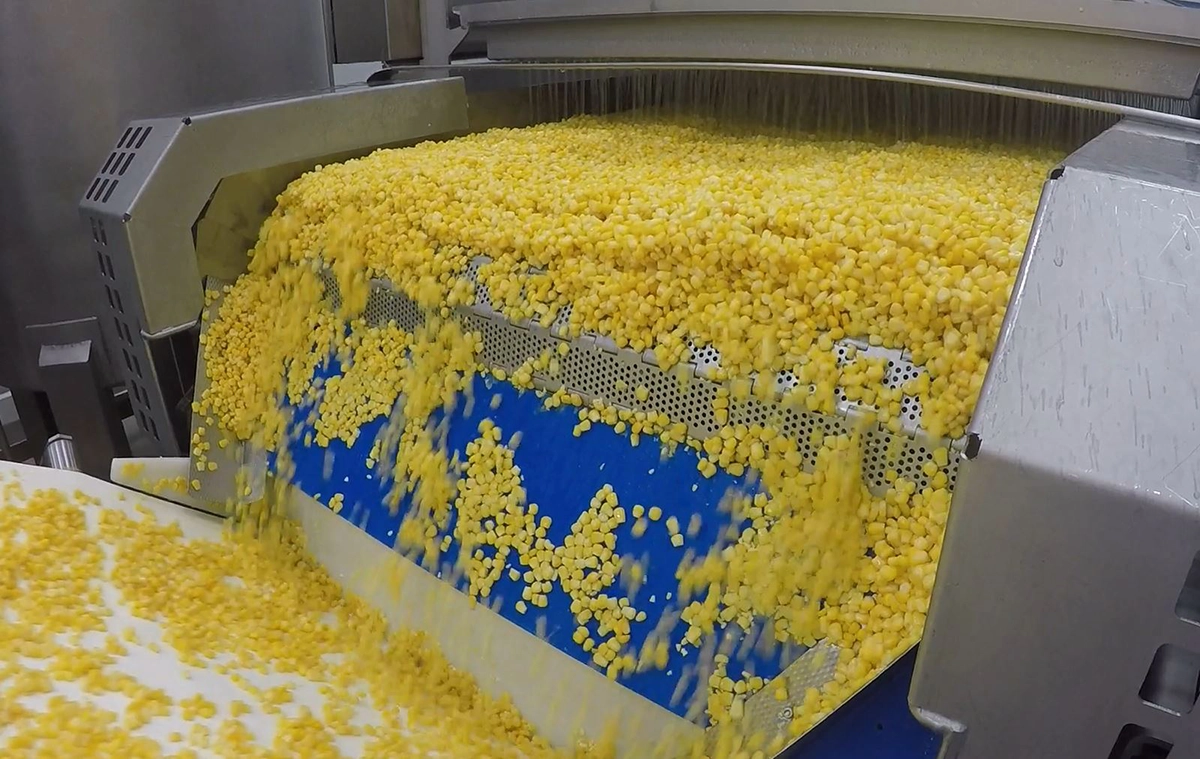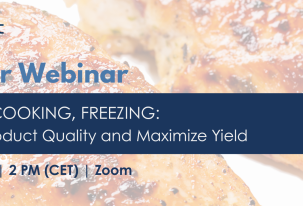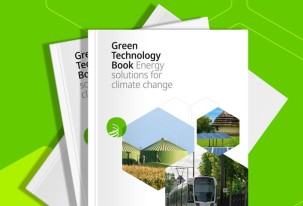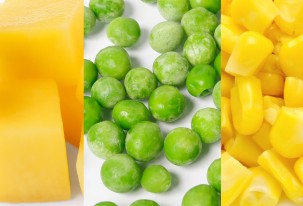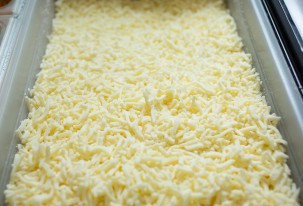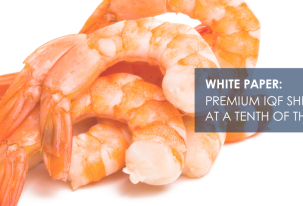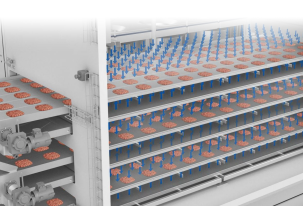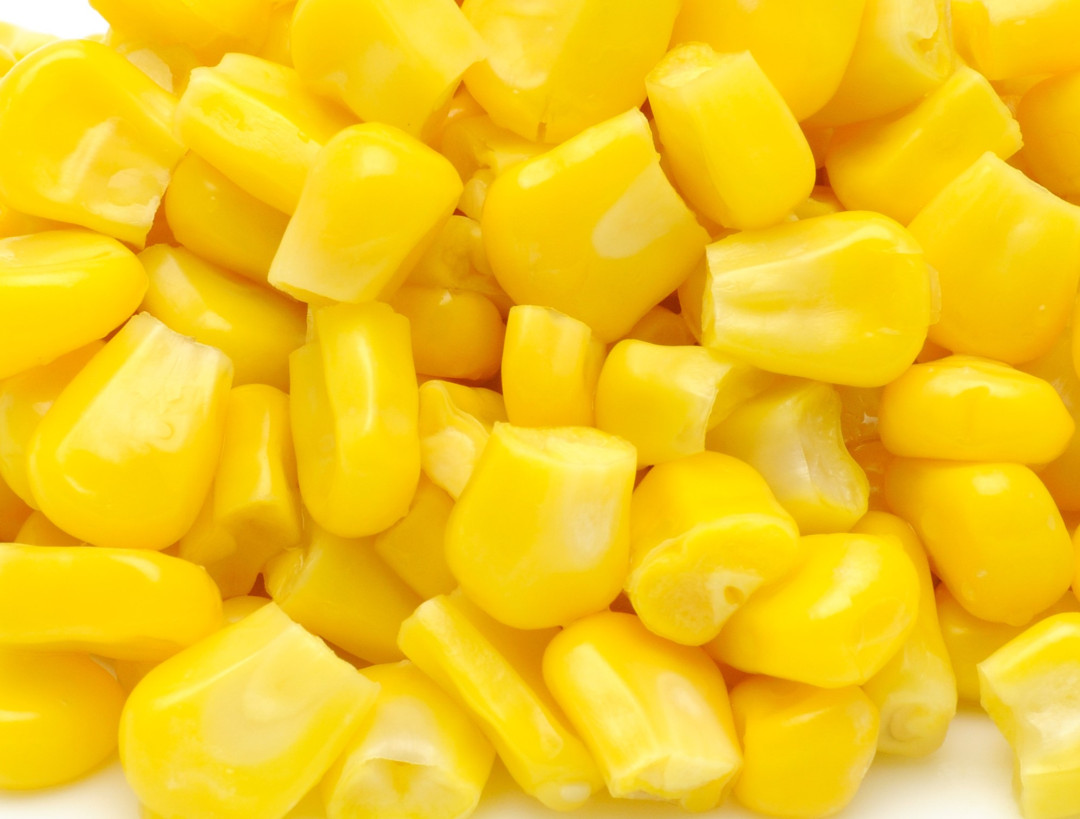
Mastering Sweet Corn Processing: Best Practices and Key Considerations
Packed with essential vitamins and antioxidants, sweet corn has captured the attention of health-conscious consumers seeking nutritious options. Simultaneously, according to Bayer, a leading biotechnology company, the crop industry has undergone remarkable technological advancements in farming and processing methods, leading to improved agricultural productivity and enhanced crop yields. This convergence of consumer awareness and industry innovation has paved the way for exciting opportunities in frozen sweet corn processing to deliver premium-quality results and meet the rising demand in the market. To achieve this, it is also crucial to follow best practices.
Key Steps for Achieving Top-Quality Frozen Sweet Corn
Controlling ripeness degree and pre-treatment
Selecting high-quality raw materials and performing meticulous pretreatment before freezing are equally important for achieving top-notch frozen sweet corn. The corn chosen for processing must be fresh and free of debris. To ensure this, it is crucial to harvest sweet corn at the correct ripeness and thoroughly clean it to remove any dirt or debris. Once ready for processing, sweet corn undergoes a series of vital steps to prepare and preserve it for consumption, with blanching standing out as a crucial stage in this journey. This process deactivates enzymes that can lead to nutrient, flavor, and texture losses during storage and further processing, ensuring product safety by reducing biological activity to negligible.
Precise temperature control for uniform cooking
When dealing with machine-cut kernels, the best practice is to use water, preferably heated through steam injection to avoid steam leaks and achieve precise water temperature control. Processors should aim for a temperature with minimal variance within 0.5°C and total control over the blanching time to avoid over-blanching. This results in uniform kernels suitable for various food products such as canned corn or frozen corn.
By employing a water-based blancher with controlled conditions, the necessary partial cooking is achieved, along with the release of starch into the surrounding water. This starch leaching contributes to achieving a clearer and more translucent appearance, which meets the preferences of specific buyers or markets.
Quick chilling for a natural appearance and high yield
After blanching, immediate chilling is vital to maintain product quality. Water chilling with flash impingement rain shower technology plays a crucial role in this process. The ice-cold water gently cascades over the product, effectively stopping the blanching process. This helps preserve moisture, natural color, and vitamins, resulting in a high yield and premium product quality.
Flash Freezing to Preserve Frozen Sweet Corn’s Quality
The final element in sweet corn processing is IQF (Individually Quick Frozen) or flash freezing, which plays a crucial role in maintaining the natural appearance, texture, and shape of the product. Utilizing fluidization technology, the process induces a fluid-like movement in the product, preserving the natural shape of the sweet corn without causing any damage. Additionally, the technique known as crust freezing creates a protective shell around the product by rapidly freezing the surface, minimizing product dehydration. This combination of fluidization and crust freezing ensures that the frozen sweet corn retains its original quality and taste, making it a high-value product for consumers.
Key Considerations for Sweet Corn Processing
Sweet corn is a complicated product to process due to its high starch content, which can enter the water system and create multiple issues related to functionality and food safety. For this reason, choosing the right equipment provided by a vendor with expertise in corn processing is crucial, as they can help address or avoid these challenges.
GET IN TOUCH
